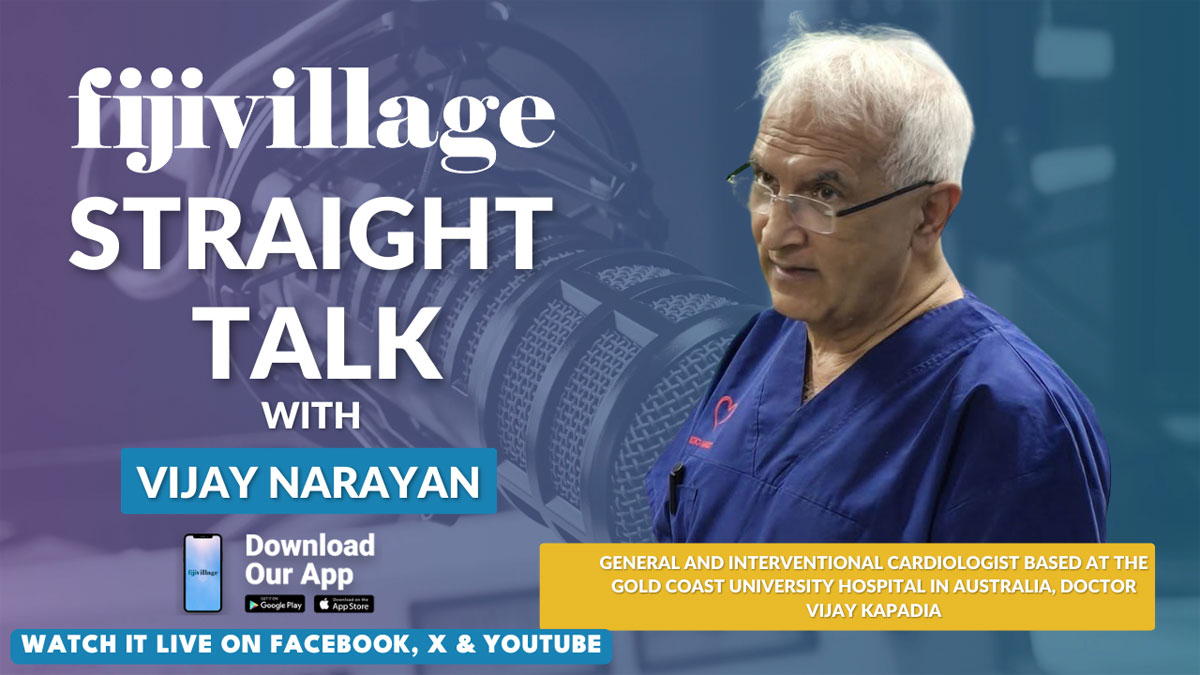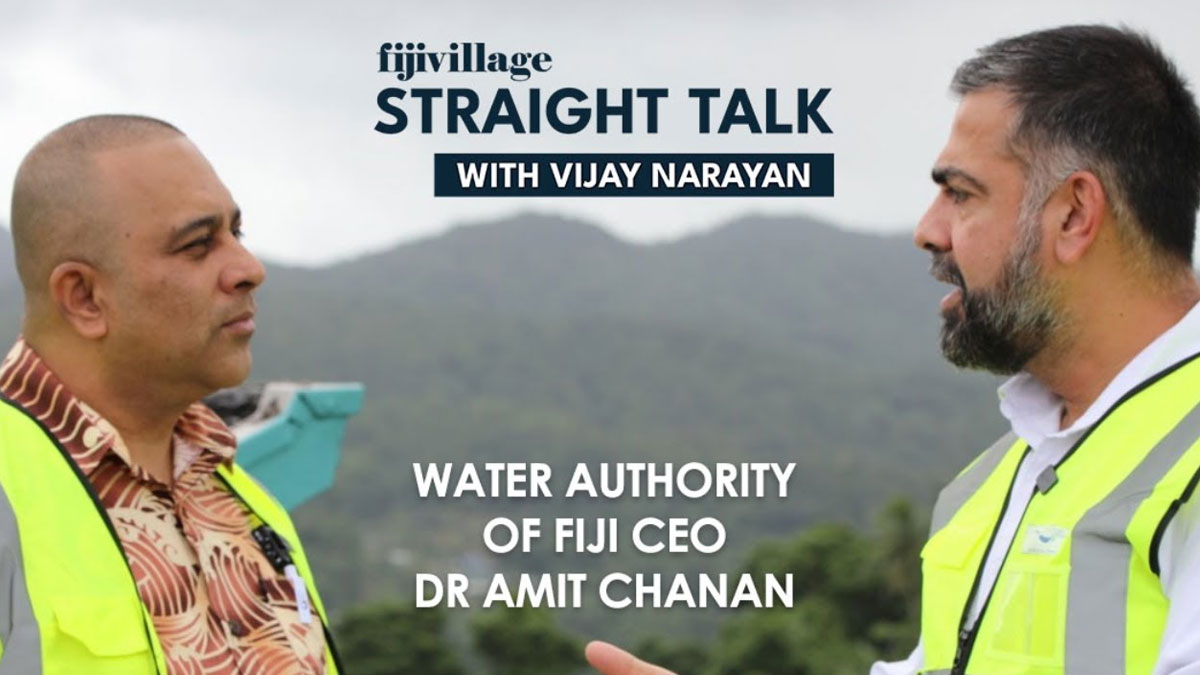
The indepth focuses on water supply issues in the country, our ageing infrastructure, how did we get here and what needs to be done to overcome these challenges.
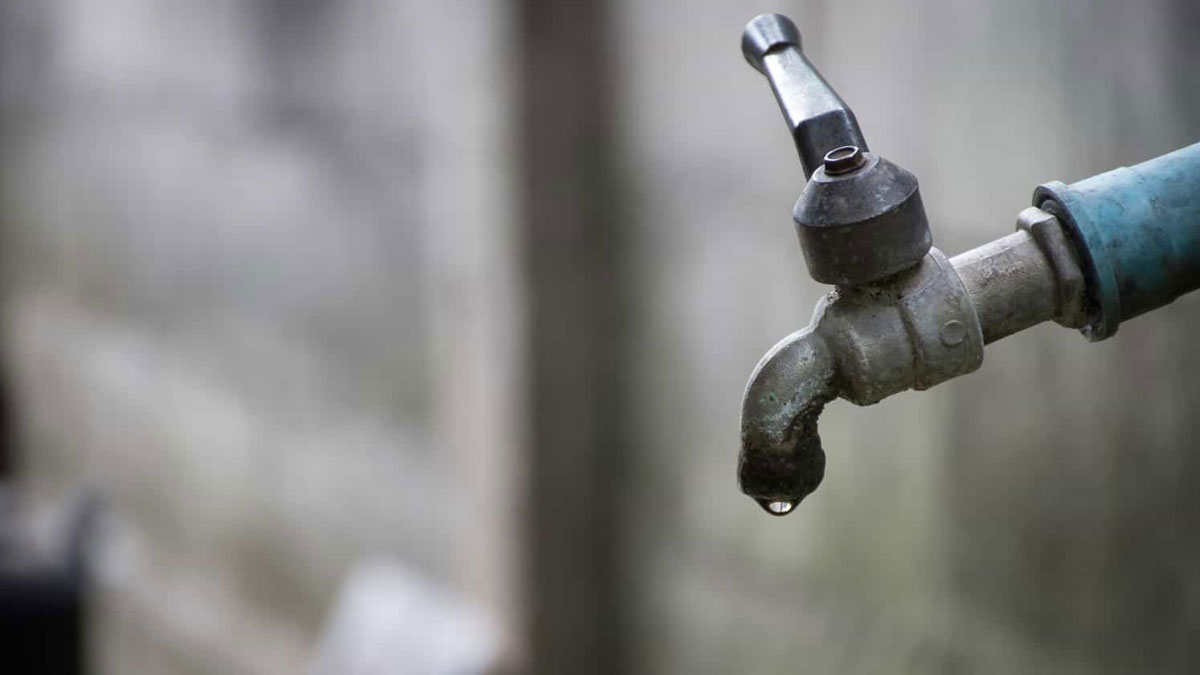
Many people in parts of Nadi including Meigunyah, Malamala, Nadogo and Nadele are raising serious concerns about intermittent and no water supply for some time while the Water Authority of Fiji says upgrading their water treatment plant in Nagado which will start to bring in an additional 20 million litres of water to address water issues in the West.
Meigunyah resident, Anjani Deo says they do not get any information from the Water Authority of Fiji before their supply gets cut off.
She says the water pressure is also low most of the time and despite many requests to bring the main line down, this has not been done.
Another Nadi resident, Anish Raju says WAF built the two huge blue Tasman water tanks on the mountains of Malamala in Nadi but forgot to lay the pipeline that will transport the water from Nagado/ Nadele water treatment plants to the tank to supply water to the people of Nadi.
He says many people are now facing the troubles of intermittent or low water supply and they need relief.
While speaking on fijivillage Straight Talk with Vijay Narayan, WAF CEO Doctor Amit Chanan says there is a need to build additional reservoirs to support the capacity because of the profound dry period in the West.
Chanan says Water Sector Strategy 2050 identifies these areas as key priorities and the big challenge in terms of water supply and demand balance is going to be the Nadi-Lautoka area since these areas are developing faster, particularly around tourism.
The CEO says right now 30 percent of the water supplied to Nadi goes to Denarau as tourists use 10 times more than residents and one can imagine with the growth of tourism which is critically needed for the economy, they will also need to invest in the water supply.
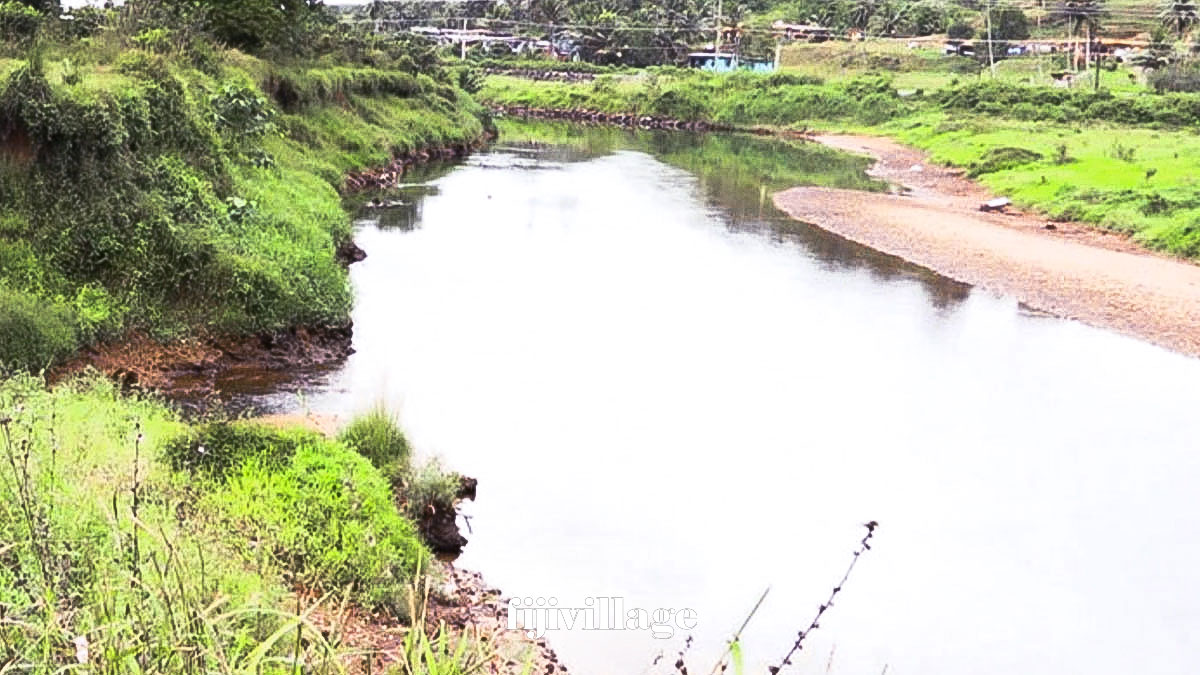
High turbidity levels in the water due to extreme over-extraction of gravel and sand from the Waimanu River has been resulting in numerous water disruptions for thousands of residents in Tamavua, Sakoca, Tacirua, Samabula, Upper Ragg Avenue and many areas along Princes Road.
While speaking to fijivillage Straight Talk With Vijay Narayan, Water Authority of Fiji CEO, Doctor Amit Chanan says when you look back at the reports done for Waimanu River, including the state of the environment report of 2013, it has serious concerns about the gravel and sand extraction from the Waimanu River.
Doctor Chanan says Waimanu River is the main source of water supply to thousands of residents in the affected areas, and serious consideration needs to be given on why sand and gravel extraction licences continue to be given which increases turbidity levels.
He says he gets a lot of angry calls when they say there is a lot of turbidity, and people will face water cuts.
Doctor Chanan also raises the question on whether people think WAF would say yes you go and dredge all the sand and gravel in the Waimanu River if WAF was given the opportunity to contribute or asked that question before these extraction licences are given.
He says we are the only capital city that he knows of that has its major water intake infrastructure downstream of sand and gravel extraction and that lease has just been renewed. Doctor Chanan says they are often faced with turbidity issues every time it rains, and that same sand and gravel ends up in their pumping station and it impacts their ability to pump water.
The WAF CEO says this decision on extraction licences is outside their control but they have to deal with it on a daily basis.
He says they are an organisation that dives deep in the water intake infrastructure at 2 o’clock in the morning to ensure people have water when they wake up.
Doctor Chanan says he is always available to be included in consultations for the environmental impact assessments before decisions on developments or issuing of licences are made.
You can watch the full Straight Talk interview on our website, fijivillage.
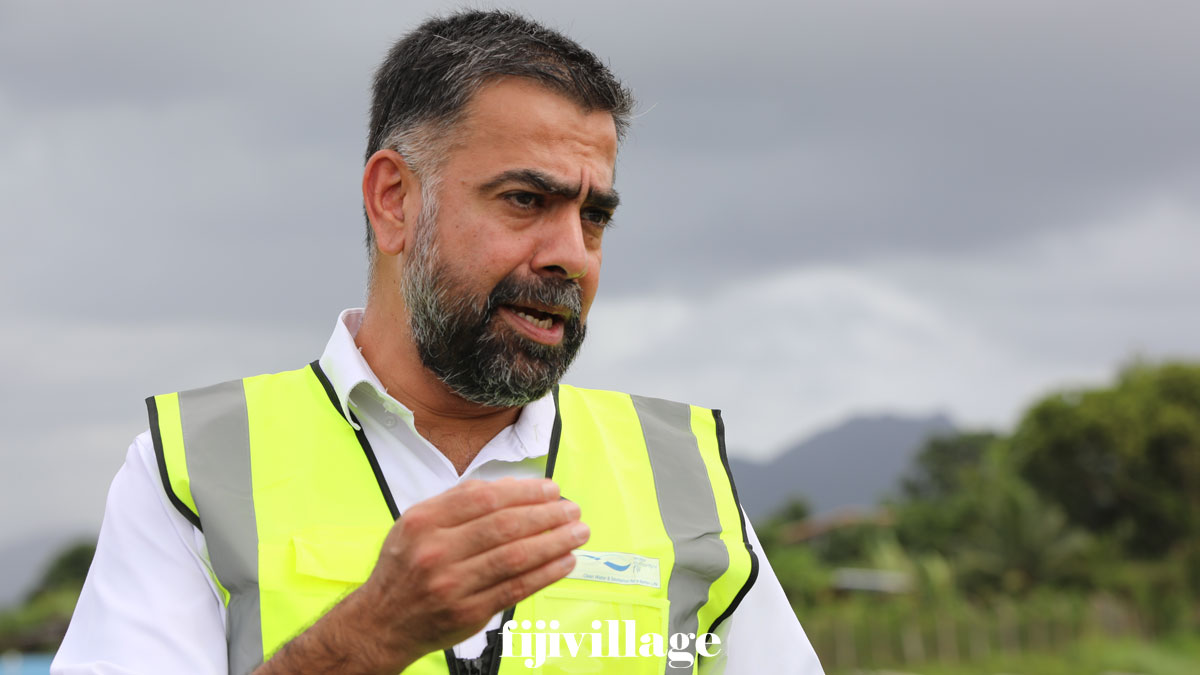
The Water Authority of Fiji is considering full corporatisation and increasing water tariffs to make it more viable and to reflect the true cost of service provision.
While speaking on fijivillage Straight Talk with Vijay Narayan at the Tamavua Water Treatment Plant, WAF CEO, Dr Amit Chanan says there are many private sector and multi-lateral development partners who are willing to help but they are asking that they need to finish the corporatisation process and serious conversations about the tariff.
When asked about the issue of the increasing cost of living situation, Dr Chanan says people pay 15 cents for 1,000 litres of water, which is the cheapest in the Pacific.
He says in terms of affordability, there is a scheme already in place where households earning less than $30,000 get free water and they are not saying at all to change that and they want to preserve it in any future arrangements.
Dr. Chanan stresses they do need to have a serious conversation regarding the tariff which needs to reflect the true cost of service provision.
He says there is no incentive for people to save water because it is so cheap.
In his message to people who do not get water 24/7, Dr Chanan says they are working on providing reliable water supply to all Fijians and says this is the dream that gets them up in the morning and with support from the government, they will be able to deliver that dream.
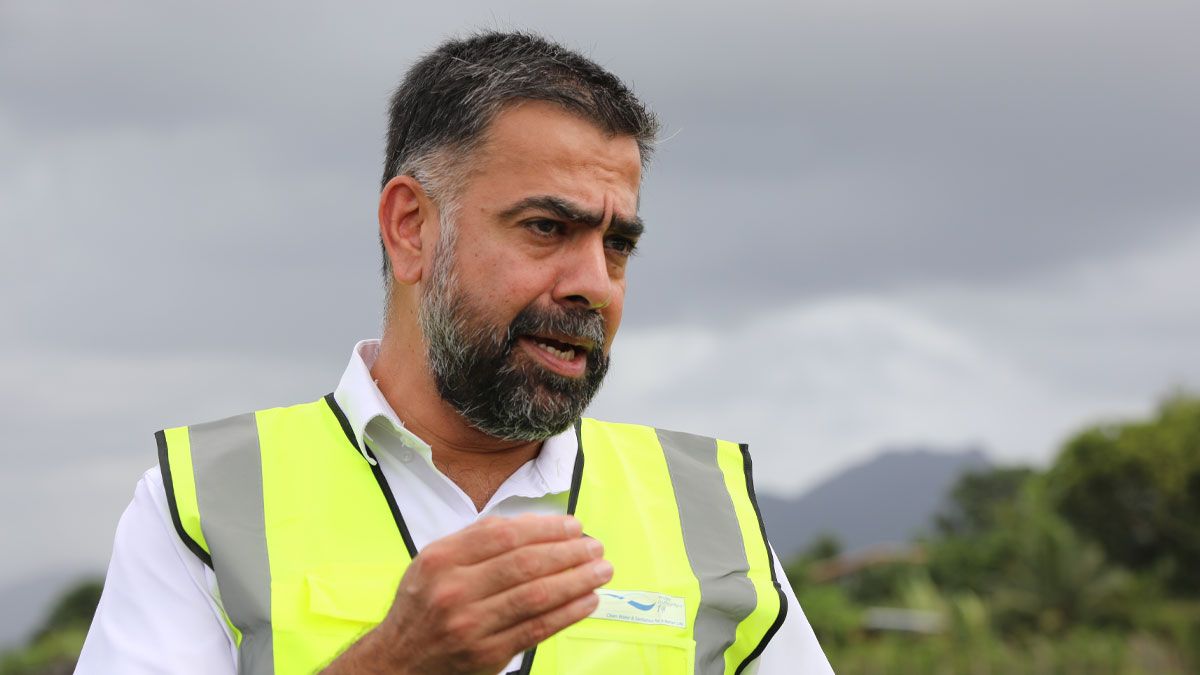
As 47 percent of water produced daily is being lost because of leakages, the Water Authority of Fiji aims to have someone on board by August who will work with the WAF operations team to use the best technology in identifying and fixing leaks.
While speaking on fijivilage Straight Talk with Vijay Narayan at the Tamavua Water Treatment Plant, Water Authority of Fiji CEO Dr Amit Chanan says this will bring the world’s best practice in identifying and fixing leaks.
Dr Chanan says for the Suva Nausori corridor, with assistance from the Asian Development Bank, they are in the final stages of the tender for water loss reduction.
He says an appeal in the 2050 Water Sector Strategy is to ensure that 50 percent of their capital investment goes into renewing the assets.
The CEO says if they can reduce the leakage to half of what is happening right now, there will not be any gap in water supply for years to come.
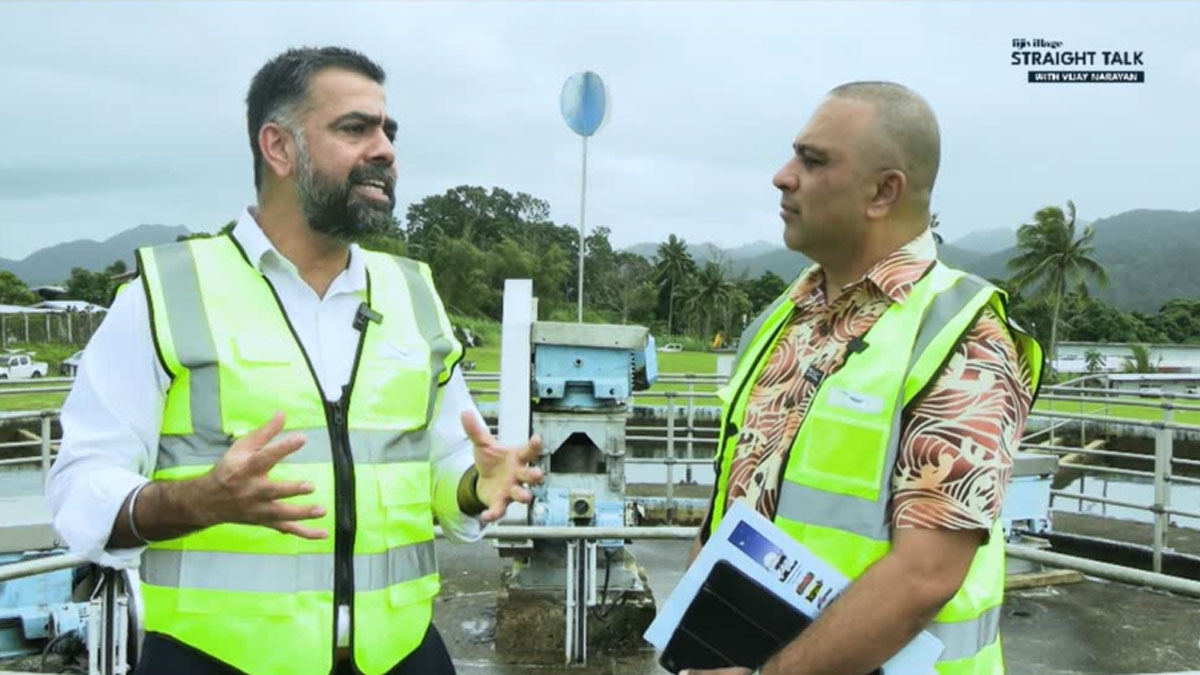
The Tamavua Water Treatment Plant is a critical infrastructure as it provides 40 percent of the water supply to Suva since each clarifier at the Water Authority of Fiji is 20 percent of Suva’s water supply.
The Water Authority of Fiji CEO, Doctor Amit Chanan, highlighted this during fijivillage Straight Talk with Vijay Narayan when questioned about how important is the Tamavua Water Treatment Plant infrastructure for the Authority.
The CEO says it is a very crucial treatment process particularly given that the biggest process that they do in terms of treating is addressing the turbidity challenge.
He says clarifiers are very important for treating turbid water.
Doctor Chanan says the designed capacity of the treatment is 60 million litres per day, but they have been consistently running it at about 75 million litres per day.
He says this is another reason why the turbidity ends up blocking the filtration since they are running the plant very hard.
He says engineering solutions can certainly assist with the treatment process, but they can not have heavy-duty engineering solutions until they have the backup from Viria in place because they can’t afford to take any component offline right now.
The CEO says the pipeline from Sawani to Colo-i-Suva is the first step before having heavy engineering solutions and in the meantime, they are looking at things like litter boom for Savura where the leaf litter and other organic litter ends up blocking the infrastructure, that is a cheaper and quicker implementation but the more complex side of things that they need to do is building another clarifier that will add to the capacity.
He further says they will also need to look at some filtration mechanism in terms of the intake at Savura such as building a new pumping station and filtration for Savura.
Chanan says all those are part and parcel of the Water Sector 2050 Strategy and are critical components of what they need to do to make sure the system that has already served more than 50 years has another 100 years to serve.
Stay tuned for the latest news on our radio stations

